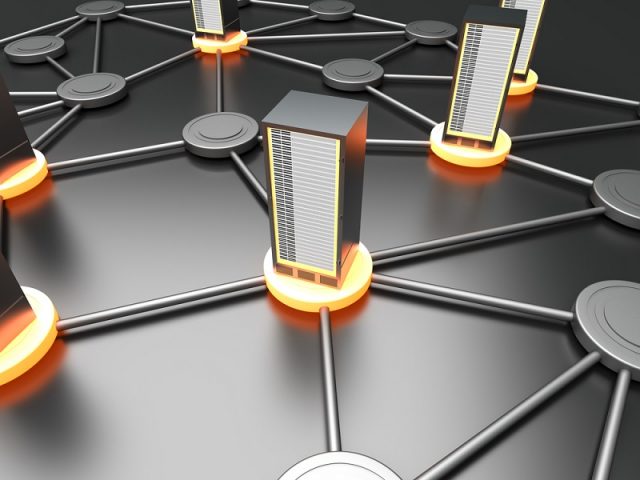

This is not the first time developers have come up with a solution to create a better and decentralized Internet. In its current state, most of the Internet protocol is conducted through servers, computing farms, or even supercomputers, which creates potential central points of failure in the future.
The Golem Project, while still in its early stages, wants to decentralize the Web as we know it, by using the hardware of all computers in the world. Doing so would effectively create a decentralized World Wide Web, as these computers can provide all of the necessary hardware to replace these central points of failure. Or, as the team likes to call it, they would create a “worldwide supercomputer.”
The vision of Golem Project developers is to establish a true peer-to-peer network, which is created and supported by all computers running the Golem App. One of the benefits of this application is how anyone in the world can use the Golem App to send a computing task to the network, or lend a machine to other people on the network.
No task will be too difficult to handle by the Golem Project, as long as it can be distributed. This opens up exciting opportunities in various industries, ranging from science to business, arts, and the stock market. Machine learning stands to gain a lot from this concept as well, assuming the developers can make the Golem Project a success in the long run.
 Among the main features offered by Golem are a peer-to-peer network, a reputational system, trading systems, and task computation. As one would come to expect, a payment system needs to be introduced as well, which will be based on Ethereum. Matching users requesting computational power will be matched with providers, and nanopayments will be completed through ETH.
Among the main features offered by Golem are a peer-to-peer network, a reputational system, trading systems, and task computation. As one would come to expect, a payment system needs to be introduced as well, which will be based on Ethereum. Matching users requesting computational power will be matched with providers, and nanopayments will be completed through ETH.
The Golem Project whitepaper explains this decision as follows:
“Ethereum does not solve all our problems. For example, it provides reliability but not confidentiality, since all data in Ethereum state is public (so that everyone may verify all transactions). This may be an obstacle for implementing certain more complicated payment schemes. For example, a protocol for a lottery may require the requesting node and all compute nodes to choose secret values that will be used later to determine the lottery winner. Those values have to be produced outside Ethereum, which gives the requesting node a possibility to reveal its secret value to a chosen compute node making the lottery unfair.”
One thing to address by the developers is scalability, an issue that has popped up in discussions regarding both Bitcoin and Ethereum. Connecting “millions of workstations using a P2P architecture” sounds good in a whitepaper, but realizing such a significant feat in the real world will pose some challenges.
Last, but not least, the Golem Project developers want to enable a platform which can easily be integrated with other solutions. According to the website, the plan is to offer support for various programming languages, which would allow developers to integrate this protocol with their own applications.
